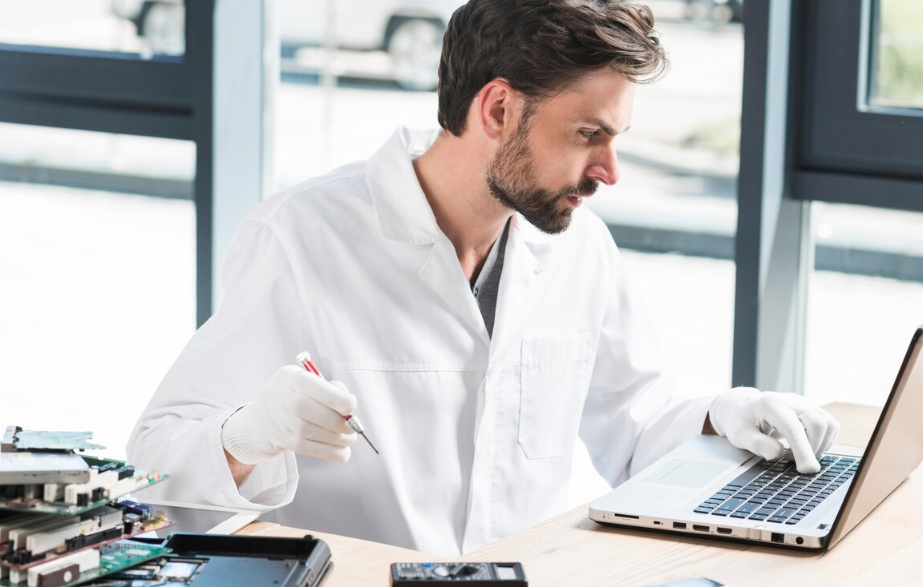Education has always aimed to help students reach their full potential, but traditional classroom models often struggle to accommodate individual learning styles, speeds, and interests. Enter personalized learning—an approach that adapts content, pacing, and teaching methods to the unique needs of each learner. At the core of this transformation is technology.
From AI-powered tutoring systems to adaptive learning platforms, technology is reshaping education into a more dynamic, inclusive, and effective experience. But how exactly is this happening?
What Is Personalized Learning?
Personalized learning refers to instructional methods that are tailored to the individual needs, preferences, and goals of students. It’s not about replacing teachers, but about empowering them with tools that make education more responsive and relevant.
Personalization can involve:
- Custom learning paths
- Real-time feedback
- Differentiated instruction
- Flexible pacing
- Student-driven goals
Technology makes these elements scalable, efficient, and data-informed.
Key Technologies Driving Personalized Learning
1. Adaptive Learning Platforms
These platforms use algorithms to adjust the content based on a student’s performance. If a student struggles with a topic, the platform can provide extra practice or simpler explanations.
Examples: DreamBox (math), Smart Sparrow, Knewton
2. Artificial Intelligence and Machine Learning
AI analyzes vast amounts of data to identify learning patterns, predict performance, and offer personalized recommendations.
Use Cases:
- Smart tutoring systems
- AI teaching assistants
- Personalized quizzes and learning modules
3. Learning Management Systems (LMS)
Modern LMSs like Canvas, Moodle, or Google Classroom allow for the customization of lessons, schedules, and assessments for each student.
Benefits:
- Track progress individually
- Tailor content by group or person
- Integrate multimedia learning resources
4. Educational Apps and Gamification
Apps provide interactive and engaging content that adapts to user behavior. Gamification introduces elements like points, levels, and badges to motivate learners.
Impact:
- Increases engagement
- Reinforces learning through repetition
- Makes abstract topics more tangible
5. Data Analytics and Dashboards
Teachers can use dashboards to monitor how each student is progressing in real time and adjust instruction accordingly.
Advantages:
- Identifies learning gaps quickly
- Facilitates early intervention
- Supports evidence-based decisions
Benefits of Technology-Driven Personalized Learning
- Improved Student Outcomes: Tailored instruction often leads to better comprehension and retention.
- Greater Engagement: Students are more invested when content aligns with their interests and abilities.
- Equity and Inclusion: Technology can bridge gaps for learners with disabilities or those who need extra support.
- Teacher Empowerment: Rather than replace educators, tech gives them superpowers—helping them manage diverse classrooms with more precision.
Challenges and Considerations
Despite the promise, there are still hurdles to overcome:
- Access Inequality: Not all students have equal access to devices or high-speed internet.
- Data Privacy: Collecting student data raises ethical and security concerns.
- Teacher Training: Educators need support and professional development to effectively use personalized learning tools.
- Over-Reliance on Tech: Technology should supplement, not replace, human connection and pedagogy.
The Future of Personalized Learning
As technology advances, personalized learning will become even more nuanced and predictive. Future innovations may include:
- Emotion recognition to gauge student engagement
- Virtual reality for immersive, personalized learning environments
- AI co-teachers that collaborate with educators in real time
But at its heart, personalized learning will always aim to answer one question: “What does this learner need to succeed right now?”
Conclusion
Technology is not a magic solution, but it is a powerful enabler of personalized learning. By adapting to individual needs and offering real-time insights, tech tools are helping educators create more inclusive and effective learning environments. The classroom of the future isn’t just digital—it’s personal.


